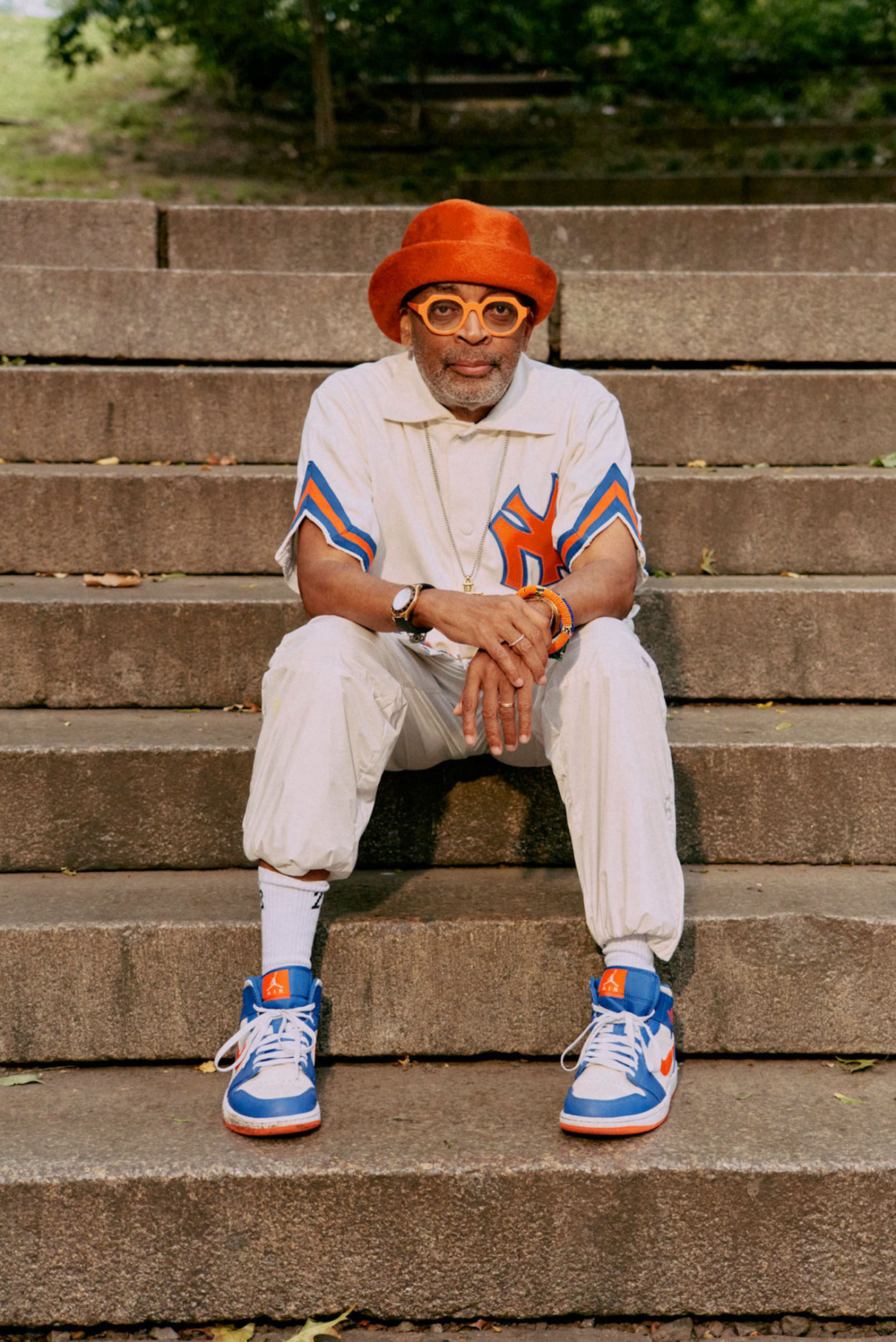
With storytelling abilities as precise as a needle, American filmmaker Spike Lee has woven the narratives that have made him a cultural icon by observing and commenting on the everchanging world around him. In the Brooklyn Museum’s new exhibition "Spike Lee: Creative Sources," visitors will enter the immersive, intimate, and influential world of the Brooklyn native (he was born in Atlanta, but moved to New York as a child). Black American history and culture, sports, music, film history, and family life all intersect within the show, creating an intergenerational experience featuring works by and artifacts of canonical figures like James Baldwin, Toni Morrison, and Malcolm X. Curator Kimberli Gant worked in conjunction with the prolific director to communicate and expand upon his influences. CULTURED caught up with Gant to talk about how she unveiled stories from one of the world’s most deft storytellers, revealing a side of Spike Lee that has yet to be seen.
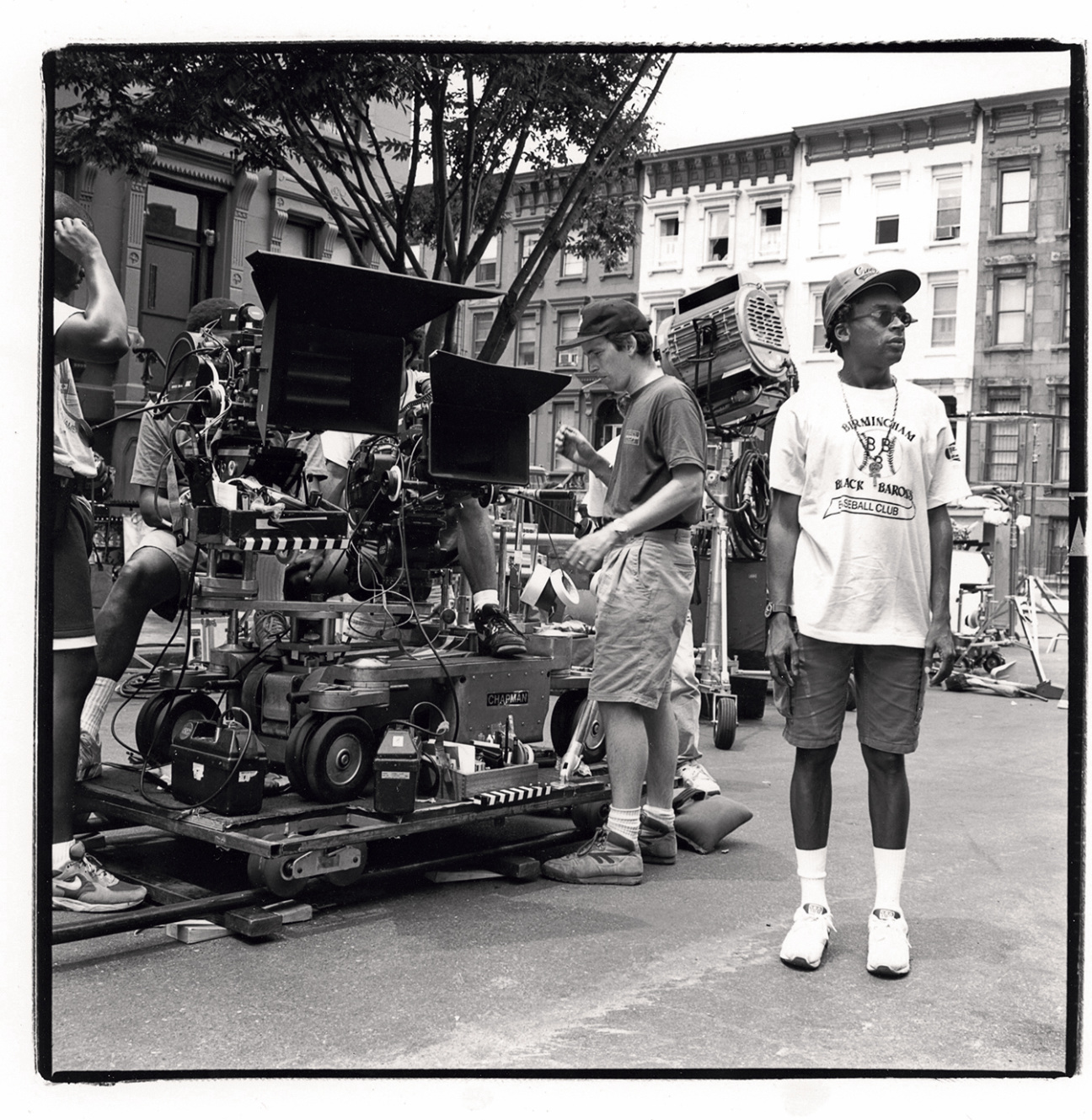
CULTURED: Can you tell me about the genesis of the exhibition? How did you arrive at this specific angle, and to Spike's work?
Kimberli Gant: There was a small exhibition looking at Spike's inspirations at the Academy Museum. I got to see it, and Spike had been quoted saying, “I have a large enough collection to fit the Brooklyn Museum.” We said, “Oh, really? Challenge accepted.” We don't fill out the entire museum, but it's a very large show. I noticed that there were certain patterns I was seeing again and again through various individual pieces. He collected a lot of imagery and memorabilia about ideas that were echoed in his films. It became clear that this was the wellspring of inspiration behind his use of Zora Neale Hurston’s words in the beginning of She’s Gotta Have It, 1986, as well as the presence of John Coltrane’s images in Mo’ Better Blues, 1990. Music, history, culture, critiques of society, and cinema history all feed him as an artist.
CULTURED: What is the process for creating visual parallels between the inspirational material he used and the works that he ultimately produced fueled by the material? How do you craft these visuals?
Gant: We organized the show into seven broad themes, which gave us a lot of flexibility because so many of the objects could fit into every theme simultaneously. We wanted to show the multifaceted nature of individuals Spike used as inspiration, such as Malcolm X being a prominent figure in Black history and culture, while simultaneously being a representation of family life. We used clips from the films that exemplified and echoed themes across multiple categories. We focused on the idea of the objects helping to expand on what music connects to, what family relates to, and what cinema history relates to.
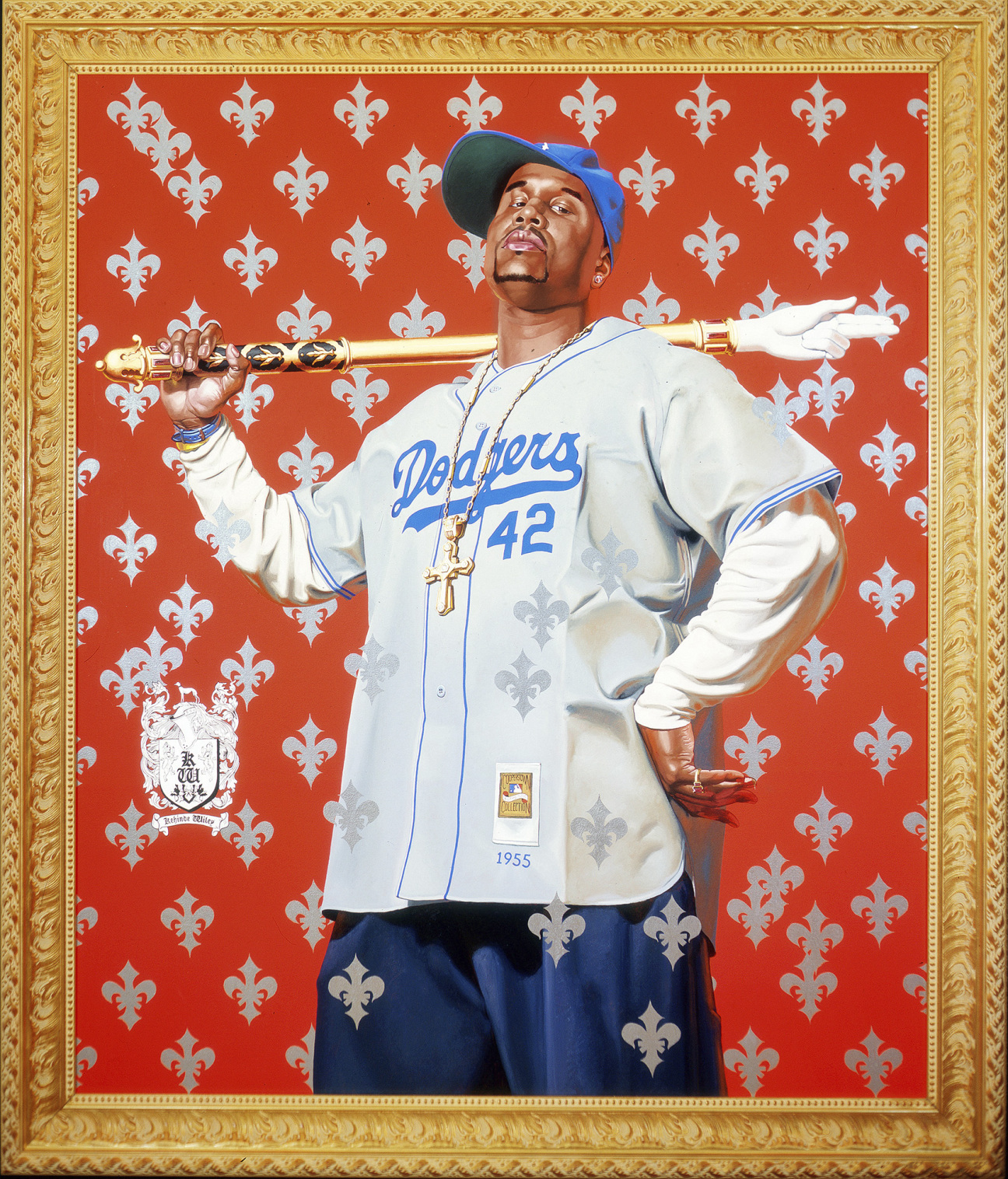
CULTURED: Is there an area of the exhibition or a particular piece in Spike's collection that felt like the crux?
Gant: It's less about one thing being the crux and more about emphasizing the patterns and interconnectivity of the exhibit. All of the objects are working together. When you first come in, you see major artists and works, and then you move into the family section, where you see a more vulnerable side to Spike.
CULTURED: Was it intentional for the show to be on a large scale with many different works and artifacts?
Gant: We always knew it was going to be a big show. It definitely grew since the initial discussions because he does have a very extensive collection, and all of these objects are very important to him. There are stories within each section, and we tried to relate aspects of politics, family, and cinema history into all of the sections simultaneously. People will be amazed at how much material there is.
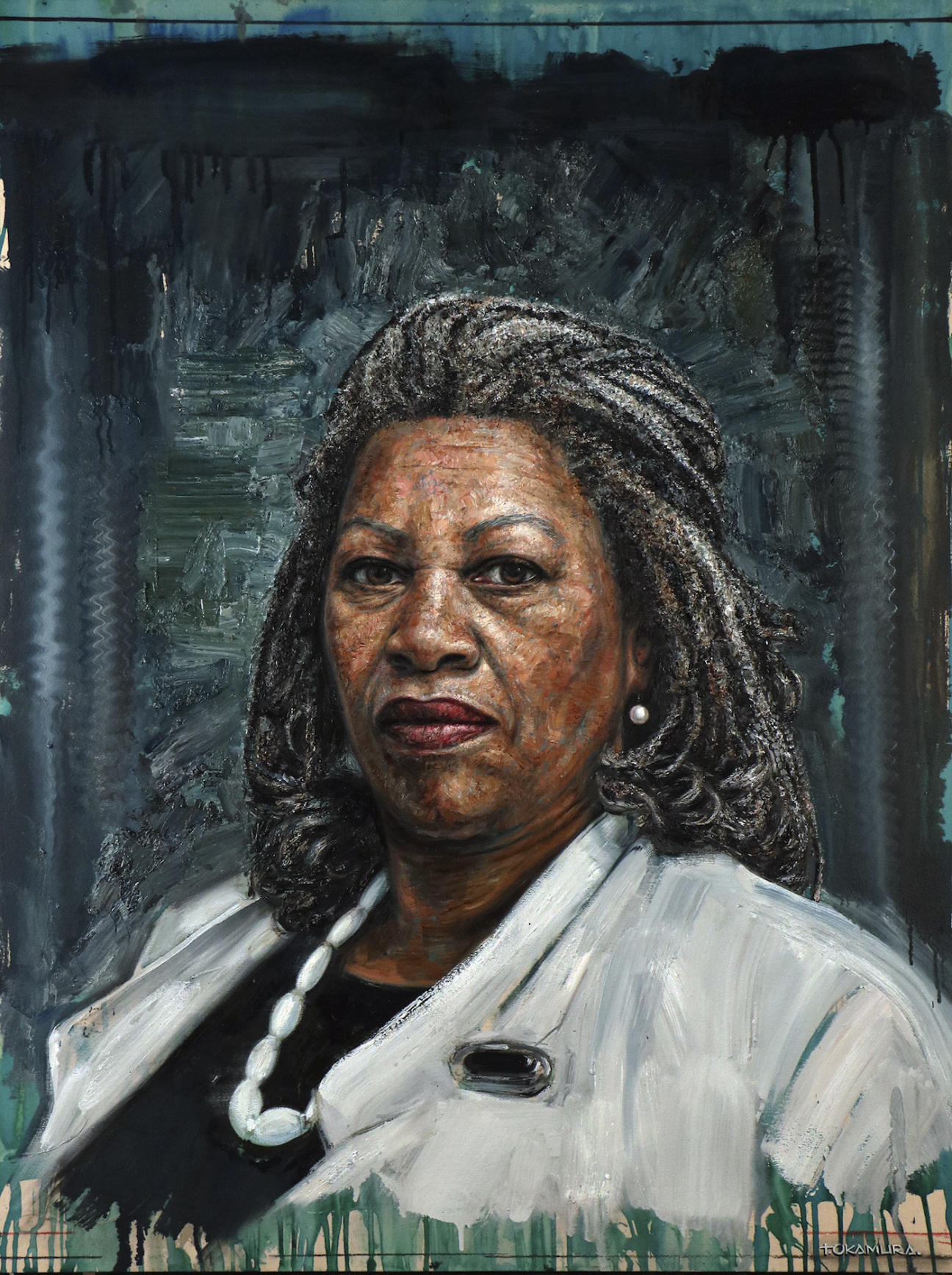
CULTURED: What was Spike's role in shaping this with you?
Gant: I came up with the overarching idea, and then Spike was very involved in the checklist. There were certain things that I didn’t get to see initially because they weren’t in the studio. He would offer new images and was able to fill in gaps in the exhibition using artifacts from his extensive collection. The exhibition is very important to him. He is showing a side of himself that people aren’t used to seeing, and he wanted everything to be presented in a very beautiful way.
CULTURED: What was your relationship to Spike's work prior to working on this?
Gant: I grew up watching his films, but I definitely didn’t realize how many Spike Lee readers there are out there. I had to do a lot of research and reading. Growing up, my dad was in advertising, so we would watch a lot of Spike Lee movies in our home. My dad actually owned a Malcolm X jacket, the same one we’re showing in the exhibition, and I’m going to wear it to the opening. I’m geeked!
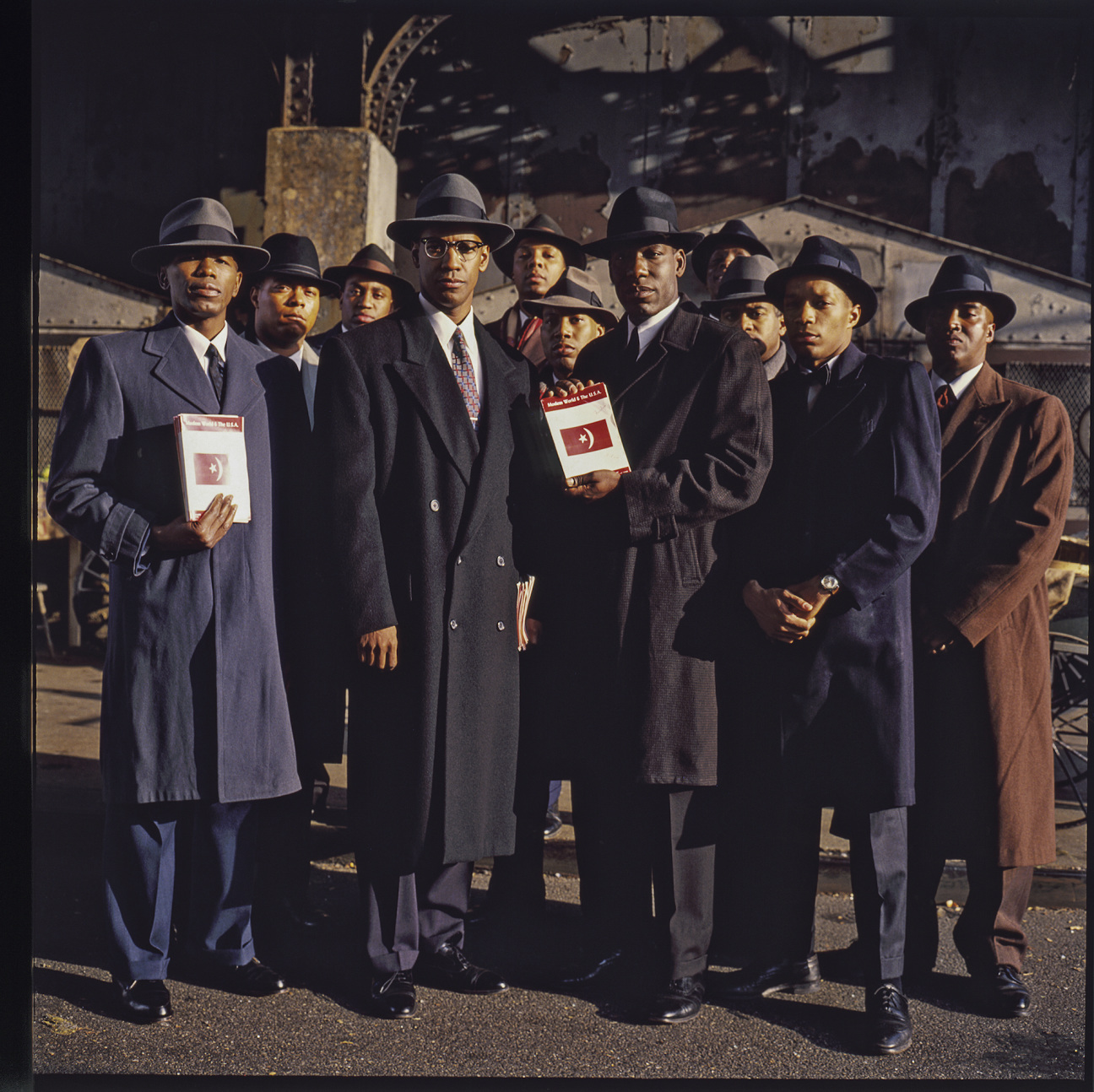
CULTURED: It got you going through your own archives in a way. How will people's understanding of Spike and his work be nuanced by moving through this exhibition?
Gant: Visitors will realize the level of in-depth passion he has for history and culture. I don't want to specifically say Black history and culture because that is synonymous with American history and culture. It's also world history. There are so many individuals, political figures, musicians, actors, sports figures, that are so seminal in creating who Spike is as an artist. Different generations of families will come together around the material because it speaks to individuals from different time periods. It will give them a larger glimpse and show linkages across conversations.
CULTURED: Why do you think this is the moment for a show like this?
Gant: In times when people are divided, it is important to be reminded that culture and art, in all of their forms, are what make us human and connected. Whether it’s classical music or baseball or football, all of these physical, mental, and cultural moments unite humanity. We need more opportunities to reconnect. People will connect with the Knicks, they'll connect with the history of Negro League baseball, they'll connect with the jazz or the hip hop or the cinema history. There’s really something for everyone in this show.










 in your life?
in your life?

